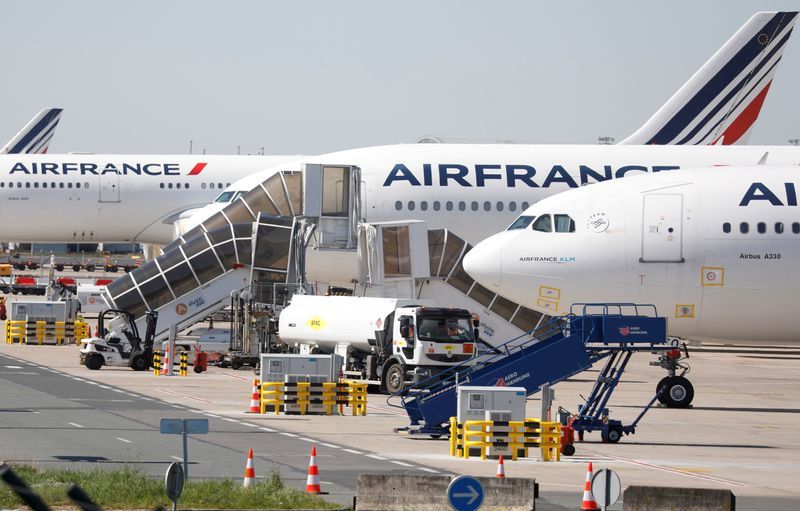Rolls-Royce Wins Contract for MTU Propulsion System for Royal Navy Type 31 Frigates
Delivery scope: 20 main propulsion engines and 20 on-board generator sets, Callosum marine automation and integrated logistic support MTU propulsion solutions from Rolls-Royce now feature in almost all current and future Royal Navy vessels Each new…

